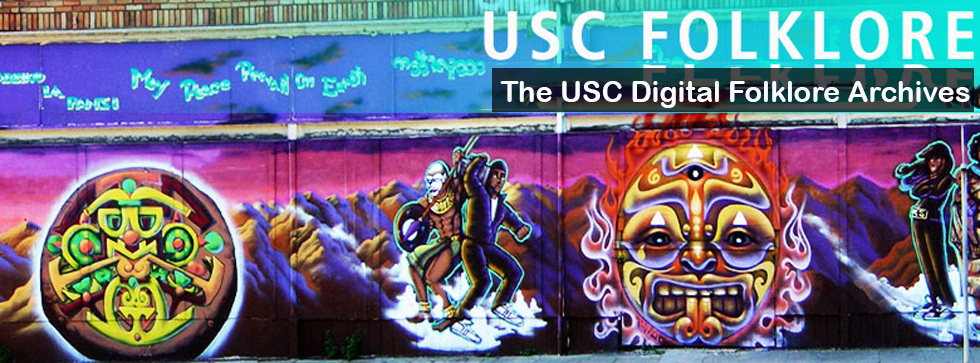Text:
Me: “Do you have any holidays, rituals, or beliefs that you would like to share?”
DR: “Yes, I can talk about Dia de los Muertos.”
Me: “Is it a traditional holiday within your culture?”
DR: “Yes it’s a Mexican holiday typically celebrated Nov 1st-Nov 2nd every year. November 1st is dedicated to children who have died while November 2nd is the day celebrated for all other deceased people. The tradition usually happens at the cemetery or at one’s home. In the home, an altar is set up for the deceased people or individuals. They have decorations such as papel picado (colorful paper), cempasuchil which is a type of flower, and food that the deceased once loved. There are usually religious figures around the altar, most famously La Virgen de Guadalupe and other holy saints. These two days are meant to celebrate the life of the ones who have passed on and to allow them to come back in spirit while joining us in the real-world. It is often normal to see people painting their face to look like skeletons; this is to create a unity and to blur the line between the dead and the living.”
Context (informant’s relationship to the piece, where they heard it, how they interpret it):
-DR’s relationship to this traditional Mexican holiday stems from her Mexican and Salvadorian culture as it’s an important holiday that is celebrated within her home. Her relationship to this traditional holiday also stems from the connection that she shares with her family as they honor their loved ones that have passed. For example, DR’s mother’s grandfather is always recognized and celebrated as her mom’s side of the family always goes to the cemetery, decorates his grave, and has a picnic with the foods that he loved. DR would hear about this holiday all through her life as she grew up in a typical Mexican household. DR has always been exposed to Dia de los Muertos as her own family traditionally celebrates it but she has also been exposed to it by attending a predominantly Latino grade school where the holiday was always honored and evident; an altar was typically displayed in her school’s library. DR interprets this holiday as a beautiful tradition that shouldn’t be looked upon with a somber attitude. Instead, DR interprets this festive practice as a happy way to remember our loved ones in a celebratory manner.
Analysis(what kind of personal, cultural, or historical values might be expressed) YOUR interpretation:
-The overall cultural value within Dia de los Muertos stems from a typical Mexican culture considering this holiday has originated and is widely evident in various parts of Mexico following the Mexican heritage. The cultural value of community is evident within this holiday considering Mexican communities come together to celebrate and to pay their respects. The personal values that are expressed within this celebratory holiday follows the religious and spiritual beliefs of many Catholic individuals. Given that Catholicism is typical for Mexican families to condone in, it is evident that the emphasis of celebrating one’s spirit during Dia de los Muertos is related to their idolization of religious figures (La Virgen de Guadalupe/Mother Mary) since many Catholics believe that the spirits of those who have passed on can still be present in the real-world. I interpret this holiday as an ethereal practice of remembrance, community, and love. Given the fact that I have not accurately celebrated this holiday despite my Mexican culture, I can appreciate the concept of acknowledging one’s passing instead of mourning them with a sad and downhearted connotation. Overall, I can see this holiday as a joyful practice where one’s spirituality is met, pronounced, and proven, given that many religious individuals feel deeply that the spirits of the deceased have the power to rejoin others in unity. Dia de los Muertos follows the ideology of being a cyclic holiday considering the cycle of one’s life, time, and season is evident and celebrated. Not to mention, the idea of post-productive life can be seen as the main emphasis of this holiday considering death is targeted as the means for festivity. A traditional practice that differs from the celebratory event of Dia de los Muertos is modernized funerals. Within American society, funerals are seen as disheartening events that are used to mourn those who have passed. Black clothes, tears, and white flowers within a traditional funeral are elements that can be contradicting to the colorful decorations, bright orange cempasuchil flowers, and the light-hearted picnics that take place during November 1-2.
